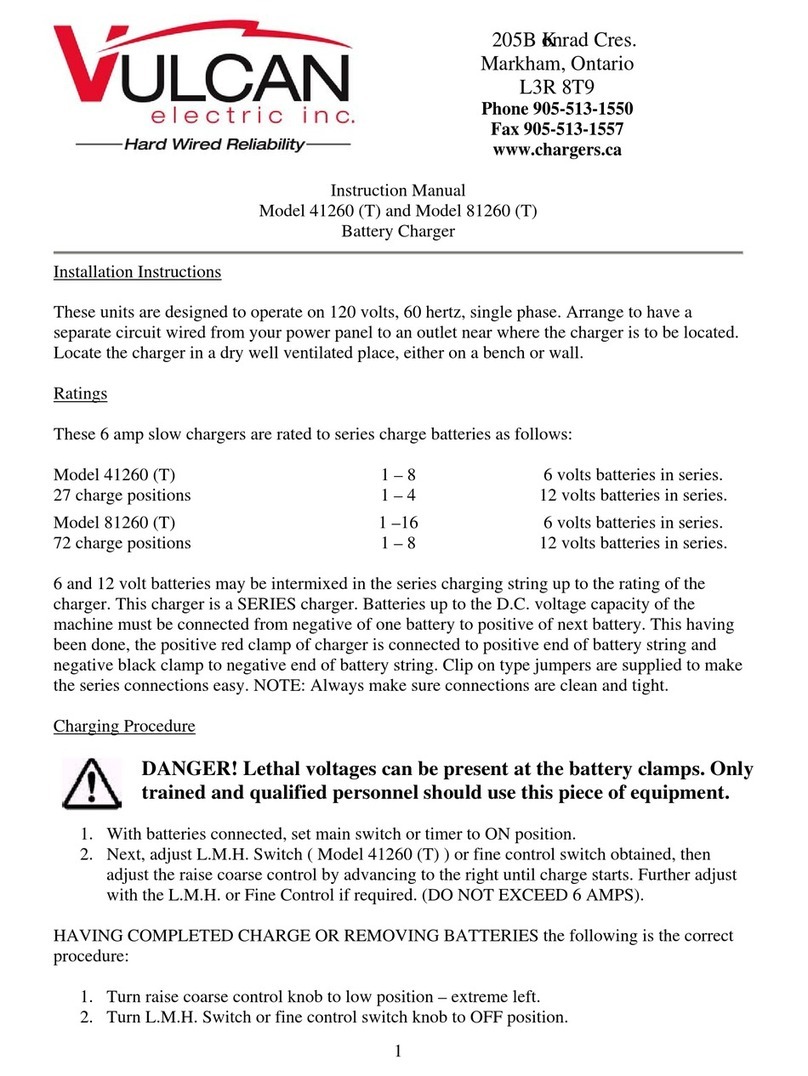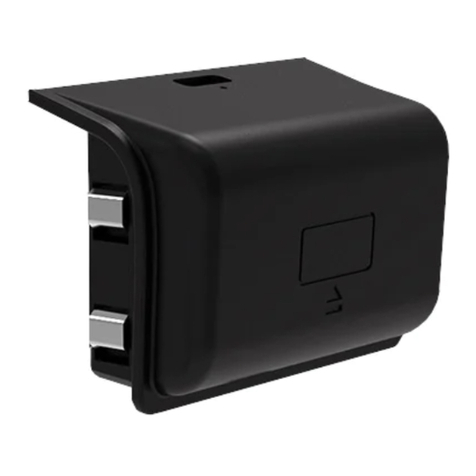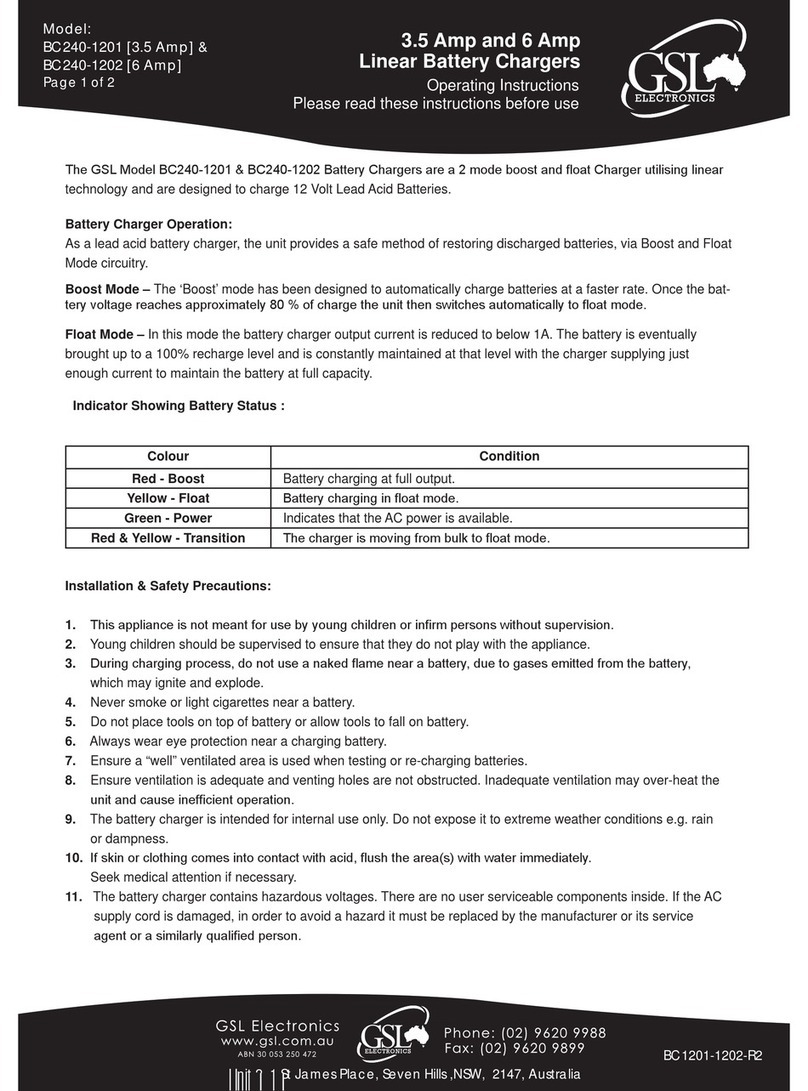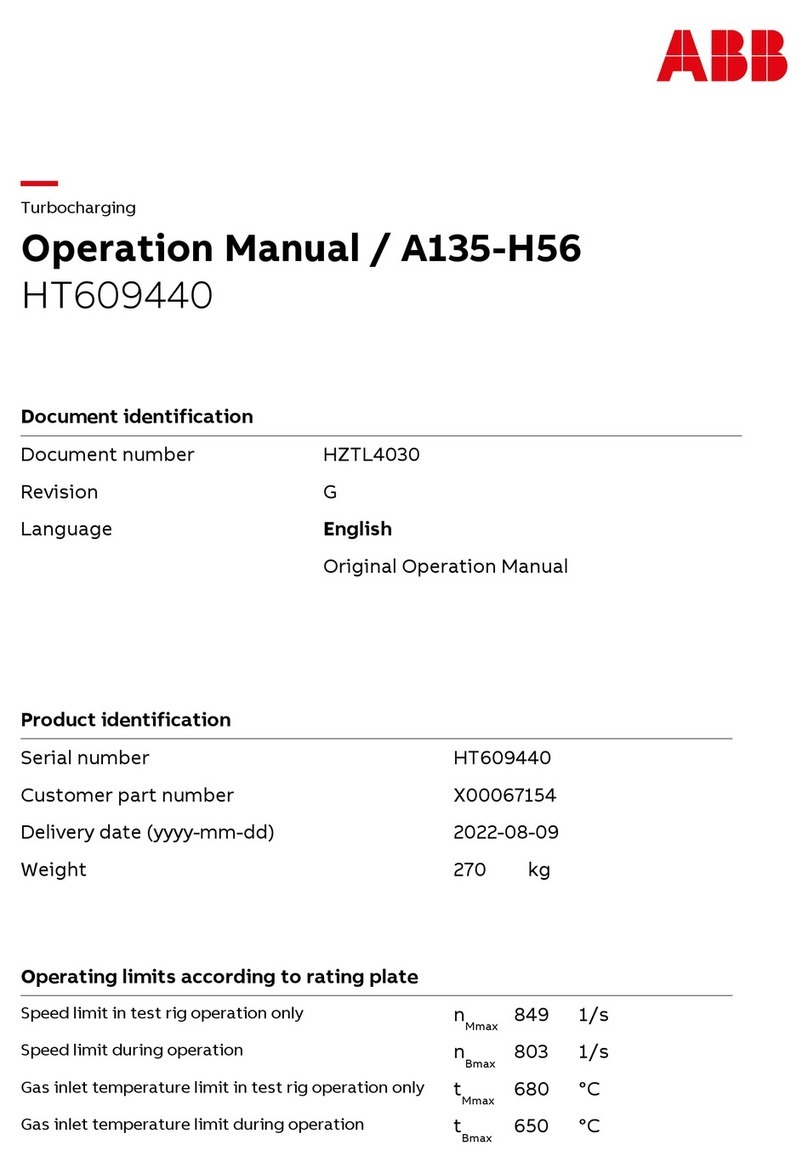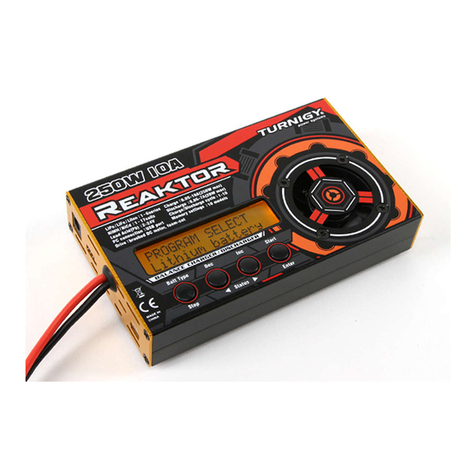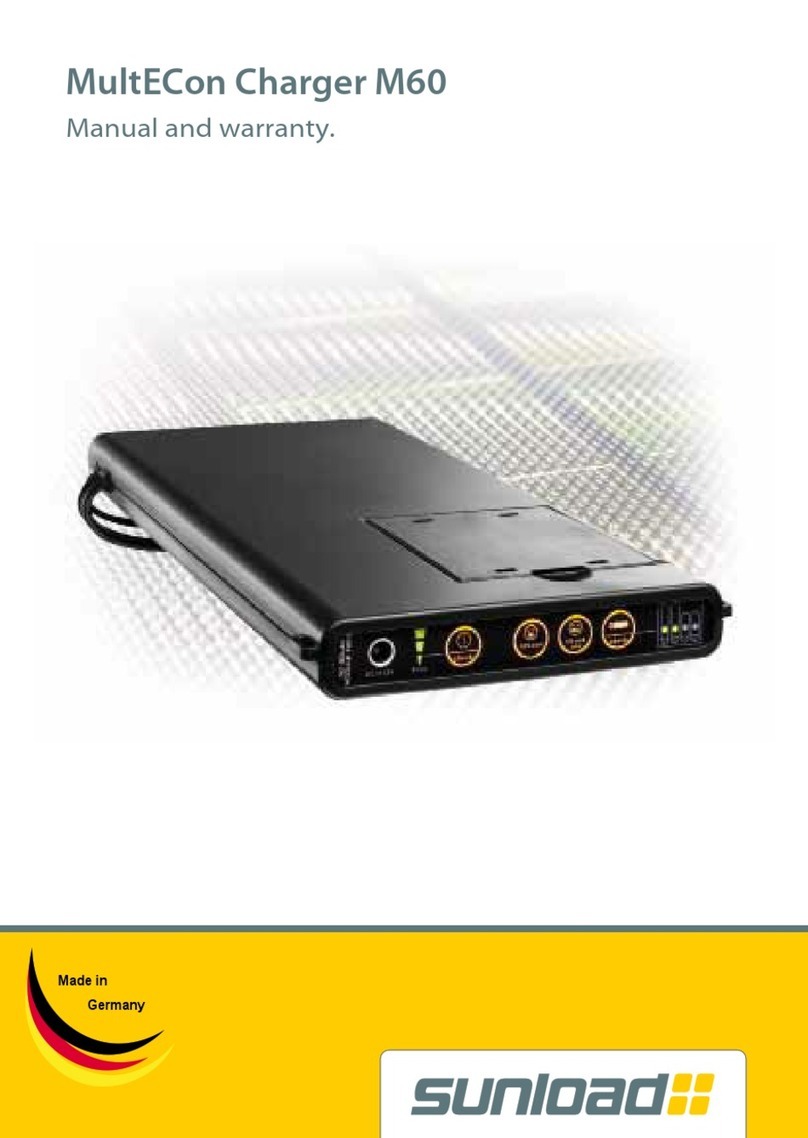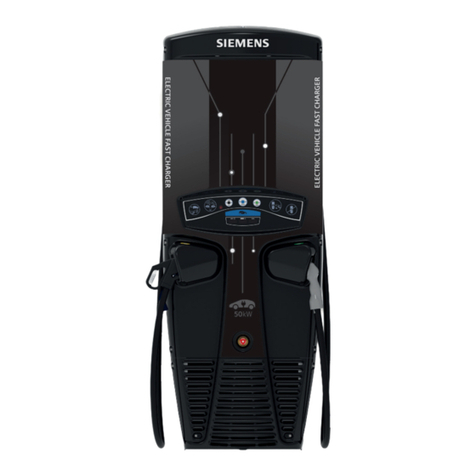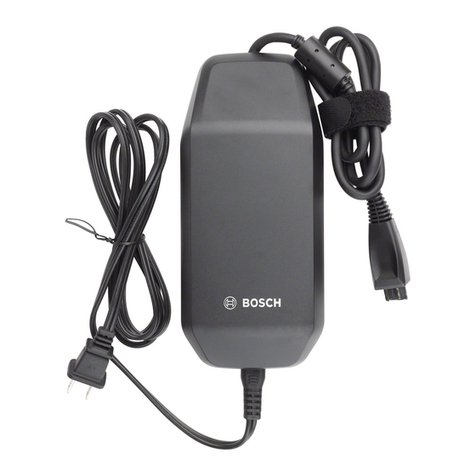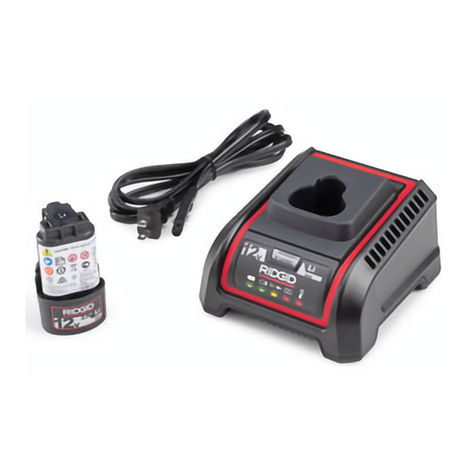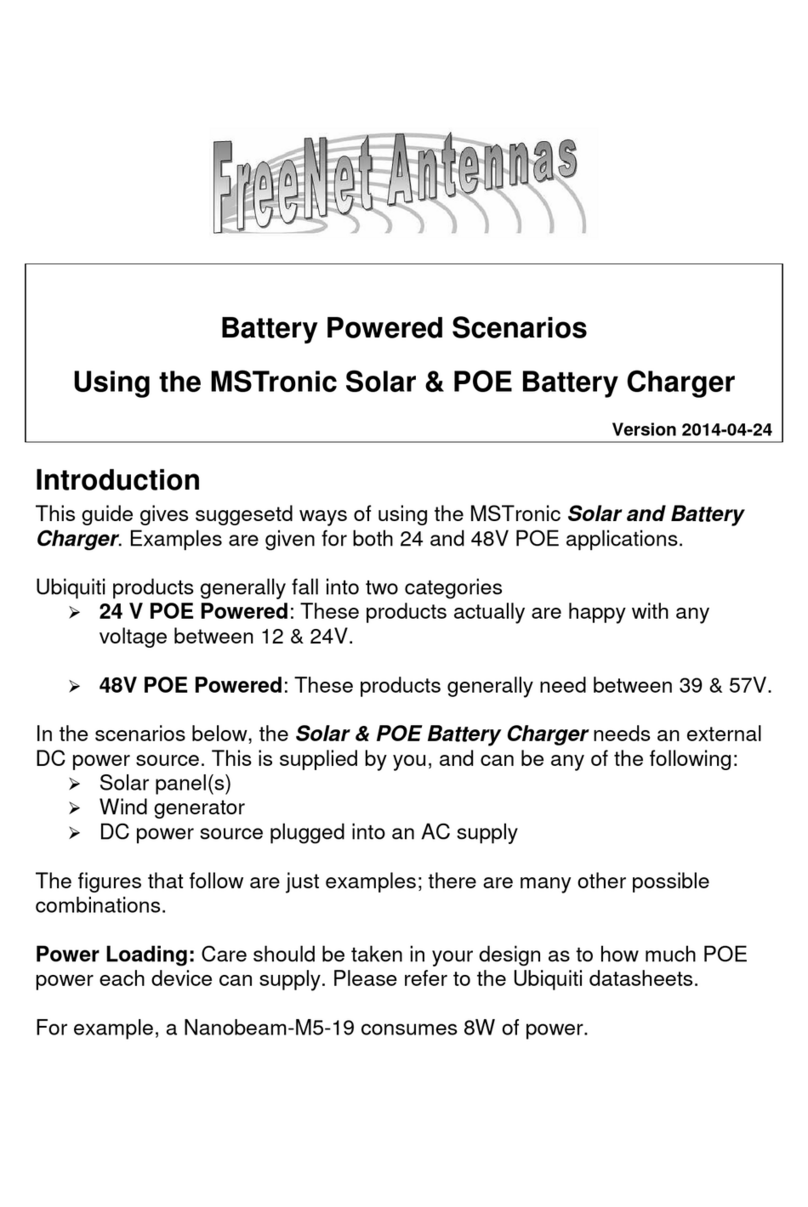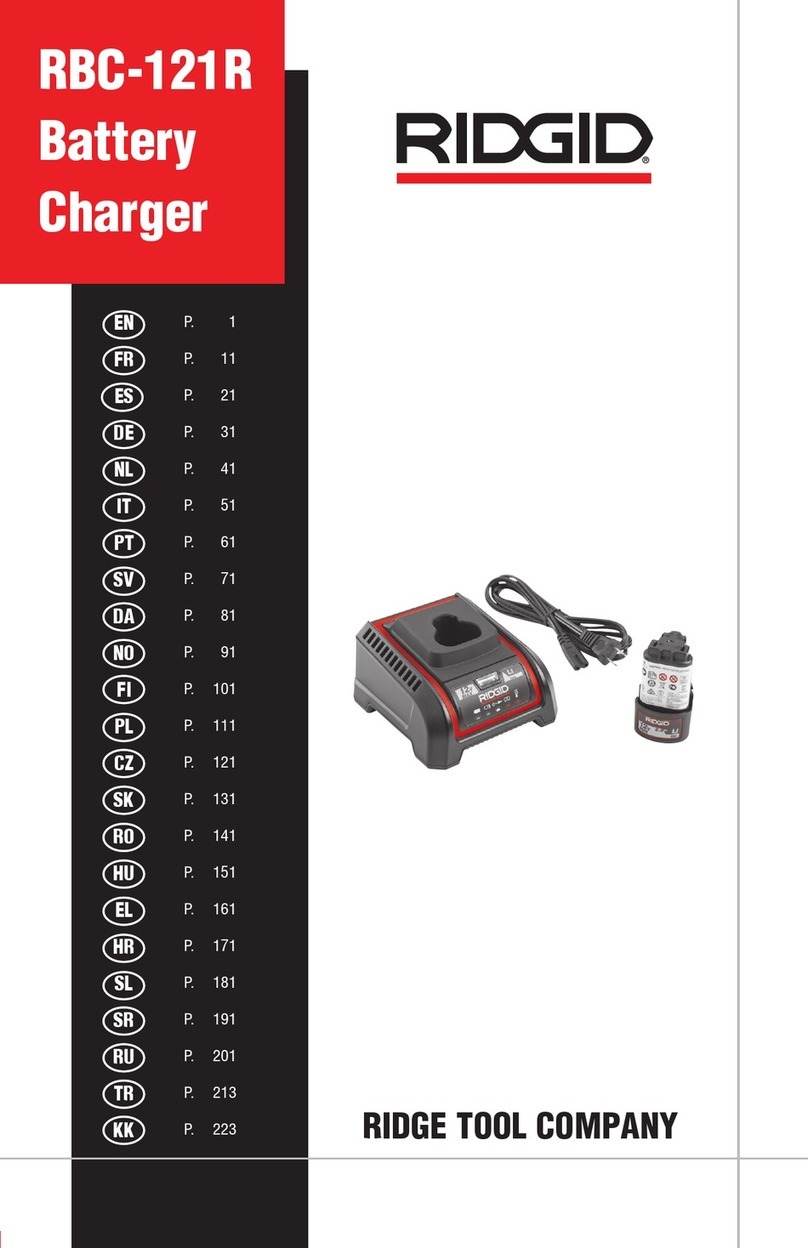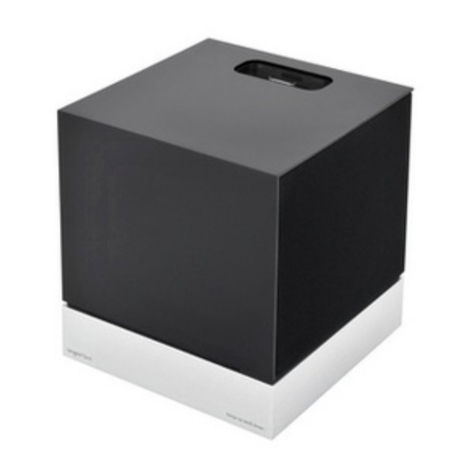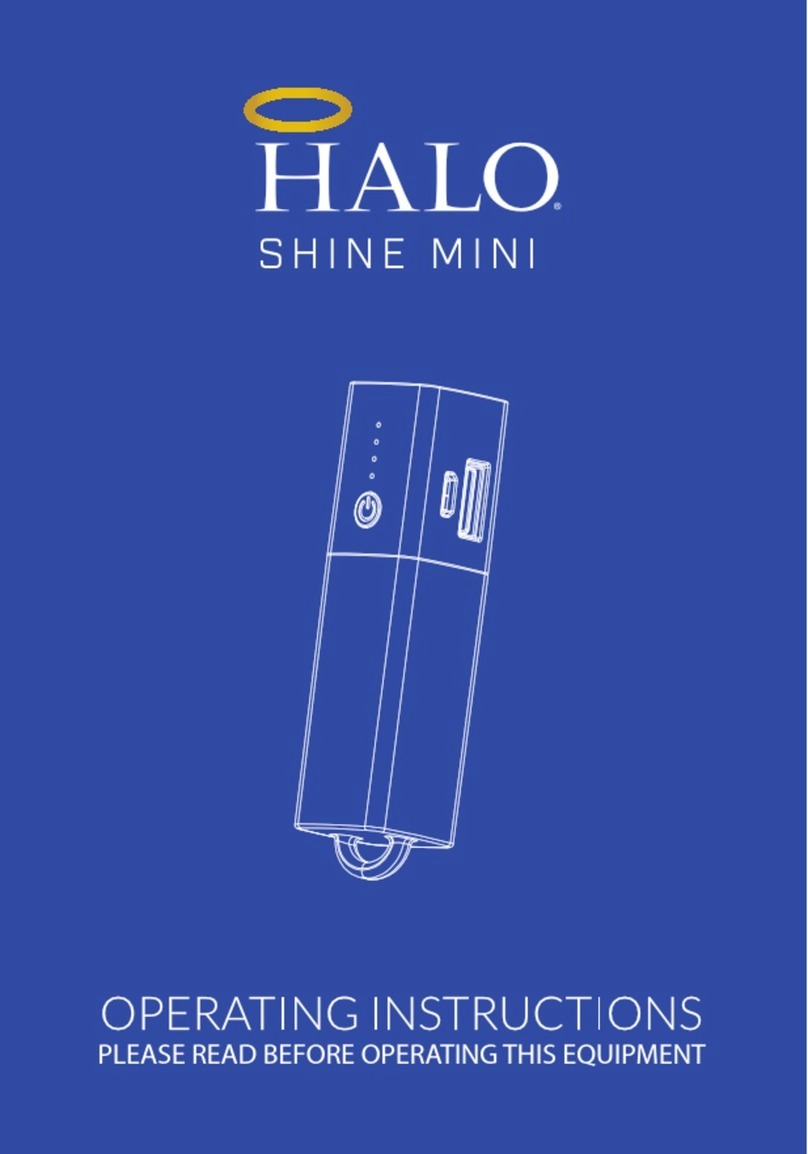Vulcan-Hart DS Series User manual

205B Konrad Cres.
Markham, Ontario
L3R 8T9
Phone 905-513-1550
Fax 905-513-1557
www.chargers.ca
Instruction Manual
Type DS
Industrial Battery Charger
Model DS 12 Battery Charger
Model DS 24 Battery Charger
Automatic with a high-low charging method.
Use on 120 volt 60 cycle AC supply.
This Battery Charger is a full-wave silicon rectifier, equipped with DC Automatic reset circuit
breaker as protection against overload or short circuit.
OPERATION
Your Vulcan charger is voltage controlled and when the battery reaches an average of 2.33 volts
per cell, the charging rate will automatically reduce to a trickle float rate of 200 milliamps. This
float rate will continue until the main switch is switched off manually. Should a load be applied
to the battery, dropping the voltage, then the charger will reset to the high rate automatically. The
charger can also be reset to the high rate manually by merely switching to the OFF position and
then ON again. To check the tripping point, connect a voltmeter across the battery and when the
voltage reaches approximately 2.33 volts per cell, the tripping action should take place. Should
adjustments be required, remove the cover, locate potentiometer and adjust with a small
screwdriver. Clockwise rotation DECREASES cut-off voltage.
TERMINALS PROVIDED
Three designated as 108V-120V-132V are for the adjustment, to correspond to line voltage at
installation. To adjust, remove yellow wire and put on the appropriate terminal. The two
terminals designated as LINE-COM are for AC connections. The two, designated as (+) positive
and (-) negative for connecting battery. USE NOT LESS THAN 10 GAUGE WIRE.
FLOAT-RATE ADJUSTMENT
By moving the sliding band on the Adjustable Resistor mounted inside of the case.
Next, place the rocker switch to the ON position and the Charger will now be in operation.
Always make sure the Equalize Switch is set to the NORMAL position for automatic control.
The rate of charge will now be indicated on the ammeter and may vary or need adjusting,
depending upon the AC supply voltage, as well as the internal condition of the batteries. Under
prevailing conditions, your charger may not deliver the maximum charging rate to the batteries
1

and should not be classed as inefficient. As batteries become fully charged the ammeter will
gradually indicate a lower charging rate, tapering off by approximately two thirds.
Depending upon the condition of the battery the voltage relay may trip to the float trickle-rate
almost immediately or within a few minutes and should not be thought of as being defective.
EQUALIZE
Batteries used continually with an automatic charger are kept in approximately the same state of
charge. By applying an equalizing charge at least once a month, the life of the batteries is greatly
prolonged.
MANUAL EQUALIZE OPERATION
To equalize the battery set the switch to the EQUALIZE position; the rate of charge is indicated
on the ammeter. The charger must be manually switched back to the normal-automatic charging
position within 8 hours or loss of electrolyte due to overcharging could be the result.
TIMER CONTROLLED EQUALIZE OPERATION
To equalize the battery set the timer knob to the desired length of equalize charge. The rate of
charge is indicated on the ammeter.
NOTE: At completion of the equalize charge the electrolyte levels should be checked and topped
up if necessary. Battery terminals and tops should be kept clean and dry. Batteries must be in
good condition for an automatic charger to function correctly.
FIELD INSTRUCTIONS FOR ADJUSTING TRANSISTORIZE VOLTAGE CONTROL
RE "DS" TYPE BATTERY CHARGERS
Step 1. Check charge cable connections to battery. Be sure they are clean and tight.
Step 2. Place a 1% accuracy voltmeter across the battery terminals to obtain an accurate
voltage reading.
Step 3. Place main ON-OFF switch to OFF position and then open hinged front door panel.
Step 4. Place the ON-OFF switch to ON position and the charger will now be in operation as
indicated by the red pilot lamp and the charge shown on the ammeter.
Step 5. Observe 1% accuracy voltmeter. The charger should trip to the float rate when the battery
voltage reaches:
6 cell, 12 volt battery 14 volts
12 cell, 24 volt battery 28 volts
Should the charger trip prior to this voltage or fail to trip at this voltage then adjustment is
necessary.
Observe voltmeter until desired setting is obtained and once the relay has tripped, to reset
manually, merely switch main ON-OFF switch to OFF position and then ON again. By this
action you can observe the tripping voltage a number of times.
Step 6. FLOAT RATE SETTINGS See adjustment as outlined in the operating instructions.
Place a milliamp meter in the charging circuit and adjust as follows:
2

6 cell, 12 volt battery @ 13.25 volts, 200mA
12 cell, 24 volt battery @ 26.50 volts, 200mA
This is measured at exactly 120V incoming.
BATTERY CHARGER PERFORMANCE
Should the charging rate of your Battery charger be lower than the specified rate of charge - do
not condemn the unit too hastily as there are several reasons for this condition.
Battery chargers are manufactured so as to give their rated capacity only when all conditions are
normal. Conditions that affect charger output are line voltage, battery condition and temperature.
Line voltage is very important as should your line voltage be low, the output of the charger will
drop accordingly. In most instances a charger is built for operation on 120 volts AC, and
maximum ampere rating is obtained at this voltage. It has been observed, there is a drop of 1 to 2
amperes for every 1 volt drop in line voltage By line voltage, we mean line voltage under load.
The line must deliver 120 volts while the charger is operating. Very often, line voltage will test
120 volts with no load, but as the charger load is applied, the line voltage drops. This is
particularly true if the circuit to which it is connected is overloaded with other equipment, or
where a long undersized extension cord is being used.
Battery condition, also plays a very important part in the output of a charger. Chargers are
generally designed to deliver their maximum output on a fully discharged battery. If the battery
is partially charged, you will not get maximum output, as the higher battery voltage opposes the
charger voltage and a lower rate results. The output of a charger can vary considerably,
depending on the state of the battery being charged. Cold or sulphated batteries have high
internal resistance and the normal output voltage of the charger cannot force the full rated current
into the battery, because of this high internal resistance. The rate therefore will be low.
Another cause of a low charging rate is a battery whose specific gravity of its electrolyte is down
around 1.100 or below. This low specific gravity will offer a high degree of resistance to the
initial charging rate due to the fact that the conductivity of the electrolyte is very nearly that of
water. As the battery in this condition is charged the specific gravity of the electrolyte will rise
and the charging rate will rise as the conductivity increases.
Should you have the combination of low line voltage and unfavourable battery condition, the
output of any charger will be extremely low. This combination can reduce the output of an
honestly rated charger as much as 75 per cent. It is therefore recommended that, if a charger has
a low DC output, the unit be checked as follows:
1. Discharge a normal, healthy battery to 1.120 or 1.130 sp. gr.
2. Connect the charger and start the charge.
3. Check line voltage while the charger is operating. It should be 120 volts to obtain
maximum DC output.
3
This manual suits for next models
2
Table of contents
Other Vulcan-Hart Batteries Charger manuals
